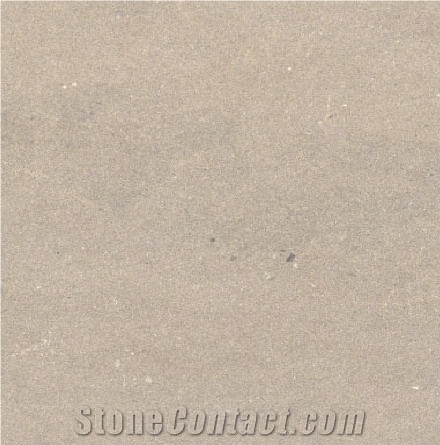Parkoszowice Sandstone
 Poland
(Parkoszowice, Gmina Miechów, Lesser Poland)
Poland
(Parkoszowice, Gmina Miechów, Lesser Poland)
Parkoszowice Sandstone is grey and from Poland. It can be used in many areas for exterior, wall cladding, paving. Additional names of Parkoszowice Sandstone include: Park Sandstein.

Can Poland's Parkoszowice Sandstone be used outdoors?

What grade is Poland's Parkoszowice Sandstone?

Is Poland's Parkoszowice Sandstone an expensive stone?

Are there color variations of Poland's Parkoszowice Sandstone?

Can Poland's Parkoszowice Sandstone be used exterior applications in very windy climates?

Can Poland's Parkoszowice Sandstone be used in a living room?

What is the coefficient of friction of Pickled Poland's Parkoszowice Sandstone tiles?

What is the average compressive strength of Poland's Parkoszowice Sandstone?

Can Poland's Parkoszowice Sandstone be used in floor coverings?

How thick is Poland's Parkoszowice Sandstone slabs?
The request includes: 1. surface finished, size 2. quantity required







